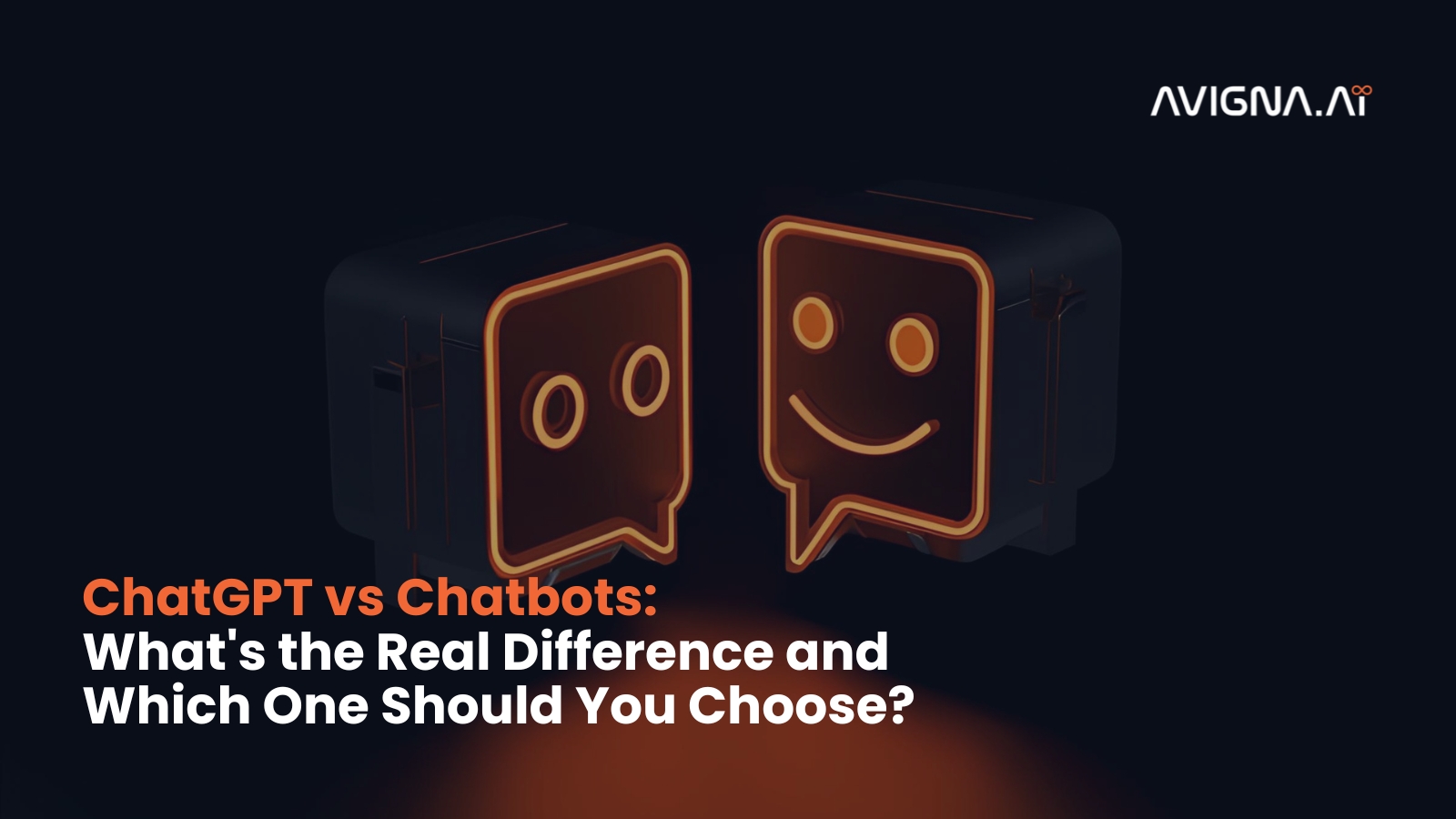5 Tips for Accelerated Prototyping in IoT Startups
In today’s super-speedy tech world, standing out is a must, especially in the ever-changing IoT scene. Want your ideas to shine and lead in the IoT race? IoT startups need to innovate and quickly bring their ideas to life constantly.
This is where accelerated prototyping comes in with a method that enables rapid development and testing of IoT products. Want your ideas to shine and lead in the IoT race? To give you a head start, here are 5 golden tips to make your IoT prototyping faster, smarter, and more wallet-friendly.
#1: Explore the Possibilities of Modular Hardware
Modular hardware prototyping comprises different modules, removable and replaceable, attempting to make customization and advancements feasible without replacing an entire mechanism.
This modular approach has obvious benefits concerning flexibility, efficiency, and cost-effectiveness. Using modular hardware has several advantages, along with its simplicity in adjusting to transitioning technological demands. Businesses frequently require support due to the rapid development of rapidly changing technology needs.
Traditional hardware prototyping would also invite a detailed remodel of the system, incurring huge expenses and downtime. But now, with modular hardware, only some parts can be upgraded as required without impacting how the system works.
While using aging devices, where each component is assimilated into a single entity, the issue may require substituting the entire hard drive.
#2: Leverage Open-Source Technology’s Potential
Open-source technology has been even more popular recently as it can provide easily available, flexible, and reasonably priced software. With this systematic approach, programmers and developers worldwide are openly and collectively providing their specialized knowledge.
There are no proprietary vendor lock-in or limitations on who can use, modify, or distribute the software with this arrangement. Customizing open-source technology is one of its key advantages. Millions of lines of code are available to users to modify and advance upon to meet their needs.
Companies will benefit from fast and easy advancements by hiring open-source technology, which obtains contributions from various developers. Compared to almost nothing commercial objects with enormous price tags, open-source technology occasionally charges while providing cutting-edge features.
Through community involvement, any vulnerabilities are instantly identified and solved rather than relying only on a single team’s efforts.
#3: Perfect Your Design through Iteration
Design through Iteration involves using rapid design and fabrication techniques to quickly create tangible product models, allowing for faster feedback and modifications. This approach enables startups to test different ideas, features, and functionalities without spending significant time or resources on traditional manufacturing processes.
By creating multiple iterations of prototypes and production in IoT, designers can gather valuable insights from user testing and make necessary adjustments before investing more resources into production. It will enable businesses to save money and ensure the best product to satisfy customer needs.
With lowered lead times, business people could launch new goods and stay ahead of opponents in this highly competitive environment. It is a valuable tool in the rapidly growing field for its IoT technology speed, reliability, and collaborative nature.
#4: Innovate with Virtual Testing Simulations
Virtual testing simulations have revolutionized the way industries approach product development and testing. Traditional methods of physical prototypes and real-world tests are time-consuming and costly, making it difficult for companies to innovate quickly and stay competitive in the market.
With advancements in technology, virtual simulations offer a cost-effective and efficient solution. One major advantage of using virtual testing simulations is accurately replicating real-life scenarios.
These simulations use computer-aided engineering (CAE) tools that simulate various environmental conditions, structural loads, and other performance factors. Virtual Testing Simulations allow engineers to test different design iterations before moving on to physical prototypes and production in IoT, significantly reducing production costs while improving overall product quality.
Virtual simulations provide an immersive experience for users through visualization techniques such as 3D modeling and augmented reality. Engineers can analyze their designs by manipulating them in a virtual environment, identify potential flaws or risks, and make necessary changes without material waste.
Utilizing virtual testing simulations has also significantly enhanced collaboration within teams working on complex projects across geographical locations.
#5: Plan for Future Expansion in Your Building Process
Internet of Things (IoT) device demand is always rising, and entrepreneurs in this industry continually seek strategies to expedite their prototype process to keep ahead of the competition and satisfy consumer demand. Investing in cutting-edge tools and techniques to speed up building is one smart strategy that has evolved.
One such technology is rapid prototyping using 3D printing, allowing startups to create physical prototypes based on digital designs quickly. It speeds up the development phase and reduces costs and errors during manufacturing.
Utilizing cloud-based platforms for remote collaboration among team members enables faster iterations and feedback for improvement and has a well-planned expansion strategy. As these companies grow, it becomes crucial to have a scalable building process that can support increased production demands without sacrificing quality or efficiency.
By incorporating advanced technologies and planning future expansion early, IoT startups can accelerate their prototyping process while maintaining sustainability for long-term growth in the competitive market.
Conclusion
Rapid prototyping in IoT helps startups to succeed in today’s fast-paced market. Startups could speed up the experimental process rapidly and effectively and implement and begin with a clear idea by attempting to use already available resources.
Given the expanding need for creative IoT solutions, speed is crucial for staying ahead of the competition and satisfying consumer expectations. By putting this strategy into practice, IoT businesses could not only speed up their development process but also ensure that they generate a beneficial product that fulfills customer expectations.
Ask us for a free demo of how accelerated prototyping benefits your business. Contact us.




